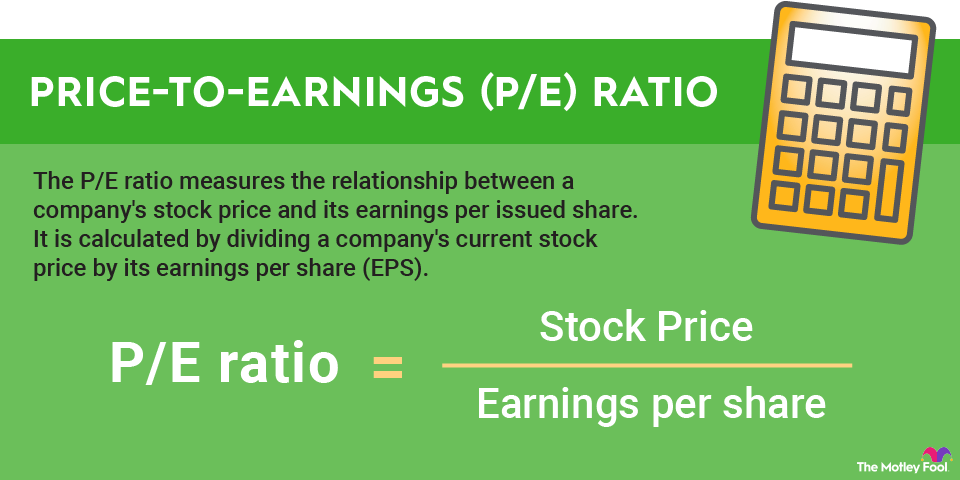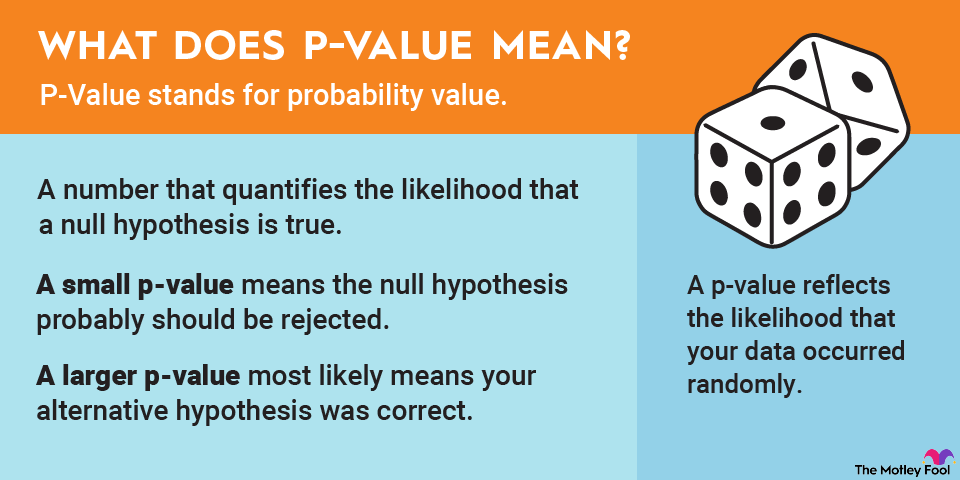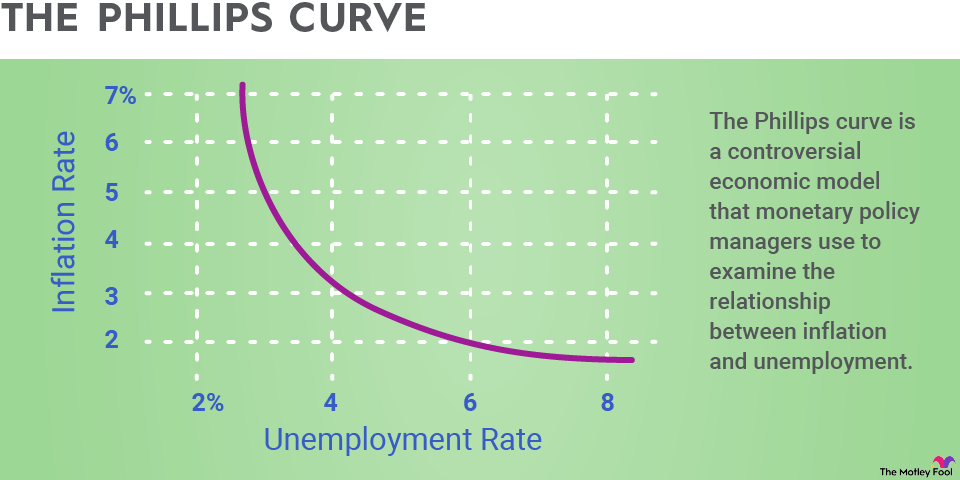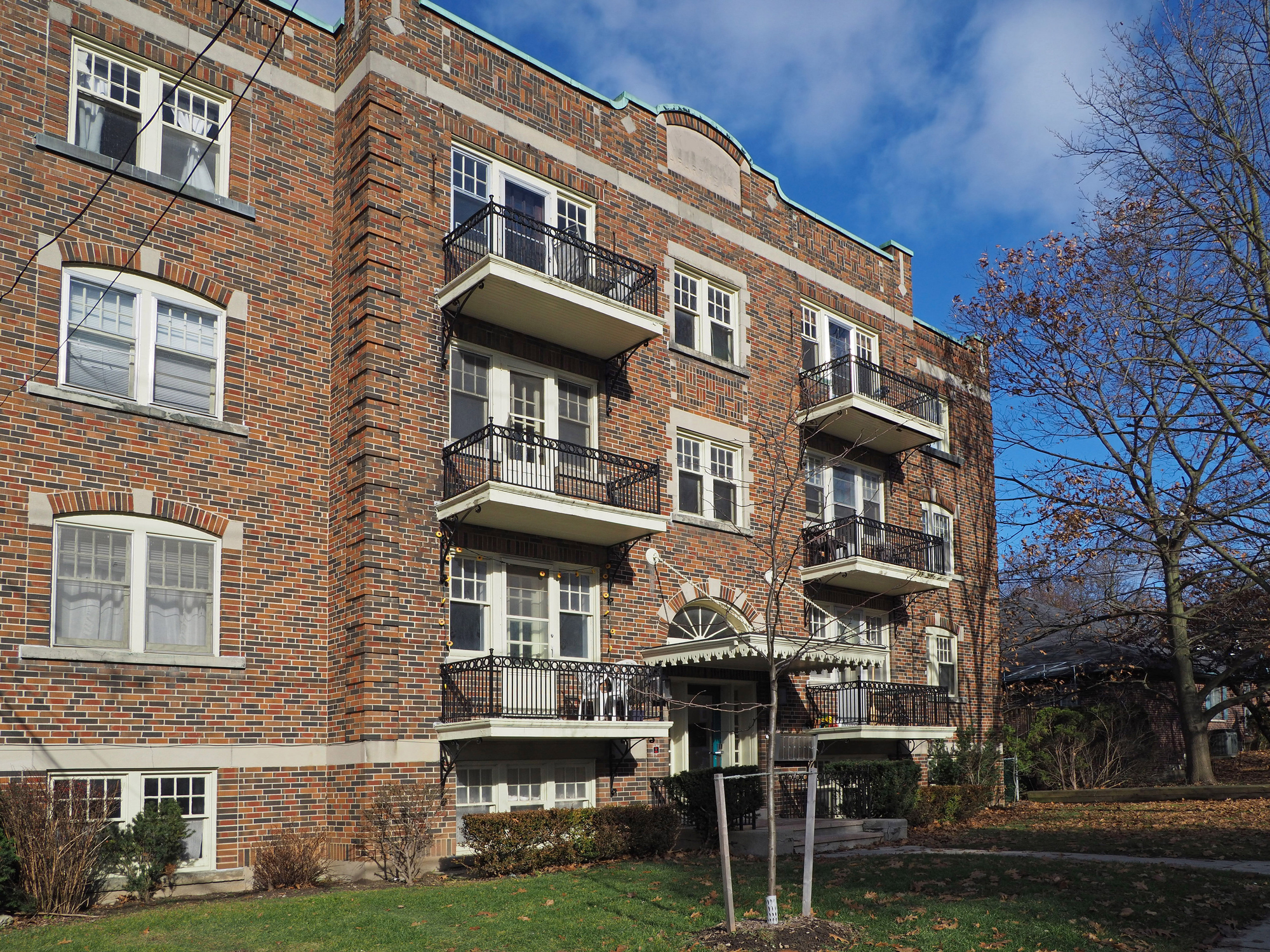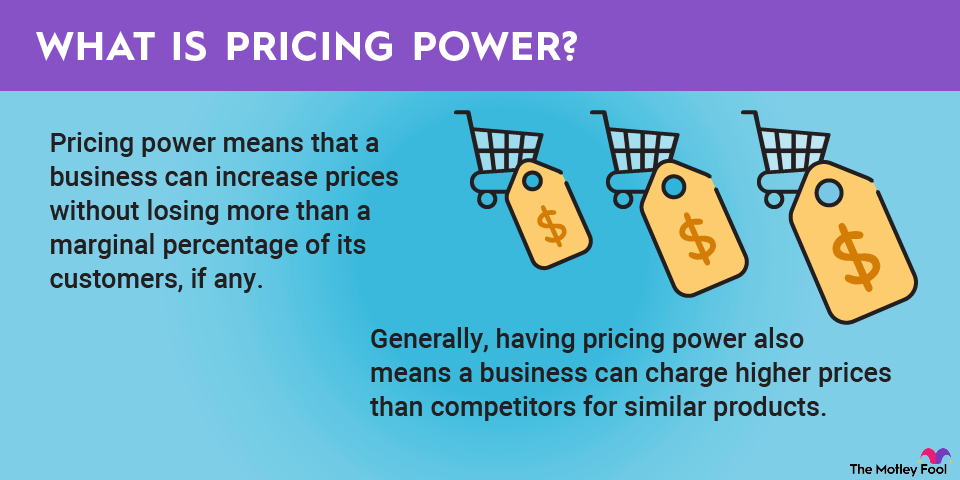In commercial real estate, there are several different lease types you can enter into, either as a tenant or a landlord. One type is known as a percentage lease. Below is an explanation of what a percentage lease is, how this type of lease agreement works, and what landlords and tenants should consider as they negotiate their lease terms.

So what is a percentage lease?
So what is a percentage lease?
Put simply, a percentage lease is a type of lease used in commercial real estate. Also known as percentage rent, the defining feature of this type of lease is, unlike a net lease or gross lease, it involves paying the landlord a portion of any profits the tenant makes.
Due to its structure, a percentage lease is most commonly used when negotiating with a retail tenant, especially if that tenant is going to be joining in on a multi-tenant retail space like a mall or shopping center.
The draw behind this lease type is that it can be mutually beneficial to both the landlord and tenant. On one hand, the landlord helps the tenant attract greater traffic by carefully selecting businesses that fit together well in the space. For example, having a nail salon, clothing store, restaurant, and tailor in the same shopping center might encourage customers to walk from one store to another, increasing the overall amount of foot traffic for all tenants.
On the other hand, as tenants' revenue increases, it benefits the landlord, who is entitled to more rent. Again, a percentage lease is structured so the landlord is entitled to a portion of the tenant's revenue. If the tenant makes a greater number of sales due to increased foot traffic, under this type of lease, they will be obligated to give the landlord a portion of that income.
How percentage rent works in commercial real estate
Before we can get into specifics about how to negotiate percentage rent leases, let's go over how they work.
Base rent
A commercial lease agreement with a percentage rent provision will also include a certain amount of base rent, the minimum monthly rent that must be paid for the tenant to continue using the space. Typically, this minimum rental cost is based on a certain dollar amount per square foot.
For example, a restaurant lease might specify the base rent is $10 per square foot for a 5,000-square-foot space. With those terms, the business owner would be obligated to pay $50,000 in rent per year, or about $4,167 per month.
Notably, the base rent specified in a percentage lease agreement must be paid regardless of how much the tenant makes in revenue. In this leasing scenario, it's the minimum amount the property owner can expect to earn from each tenant.
The break-even point
After base rent, there is the break-even point to consider. Typically, with a percentage lease, the property owner won't start taking a percentage of the tenant's income until a certain number of gross sales has been met. This amount usually is expressed as a dollar figure and known as the break-even point, defined in two ways:
- If the lease agreement uses an artificial break-even point, the tenant and landlord simply agree on a flat amount, above which a percentage of any income will be given to the landlord as additional rent. For example, they might agree any amount of gross sales over $500,000 is subject to percentage rent.
- With a natural break-even point, the base rent is divided by the agreed-upon percentage of income that will be paid to the landlord. Many small business owners prefer to use a natural break-even point over an artificial one because it ensures the break-even point will be over the amount of gross sale income required to pay the base rent.
Percentage rent
Finally, the percentage rent also needs to be negotiated. This number is typically a flat percentage, representing the amount of income over the break-even point that will be given to the landlord as additional rent. For instance, the landlord and tenant might agree 6% of any gross sales above the break-even point are subject to percentage rent.
What to consider when negotiating a percentage lease
When negotiating a percentage lease, you'll want to go over things like the lease term and who's responsible for paying what operating expenses. However, below are the most common considerations directly related to the percentage rent provision.
As the tenant
In general, as the lessee, you're interested in low base rent and a high break-even point. However, since you'll likely be forced to choose between the two, choosing a higher break-even point often is more beneficial. This is particularly true for newer small business owners, as a higher break-even point allows them to profit at lower gross sale amounts before the percentage rent provision kicks in.
You'll also want to negotiate what types of revenues are considered subject to percentage rent. For example, you're likely not going to want any profits from sale items that were eventually returned to count.
As the landlord
Conversely, landlords are typically after a higher minimum rent and a lower break-even point. While charging a higher minimum rent will give you stable, dependable income, a lower break-even point and/or a higher percentage rent could increase your total profits, especially if your potential tenant has a well-known brand or established client base.
In addition, you'll also want to include lease provisions that allow for audits of gross sales and regular sale reports so you can be sure you're receiving the amount of additional rent you're owed.
The bottom line
A percentage lease is just one type of commercial lease agreement. However, when used correctly, it can be mutually beneficial for both the landlord and tenant. Consider this your guide on how to negotiate these leases for your benefit. Armed with this knowledge, you should be able to negotiate percentage lease terms that work for you.

